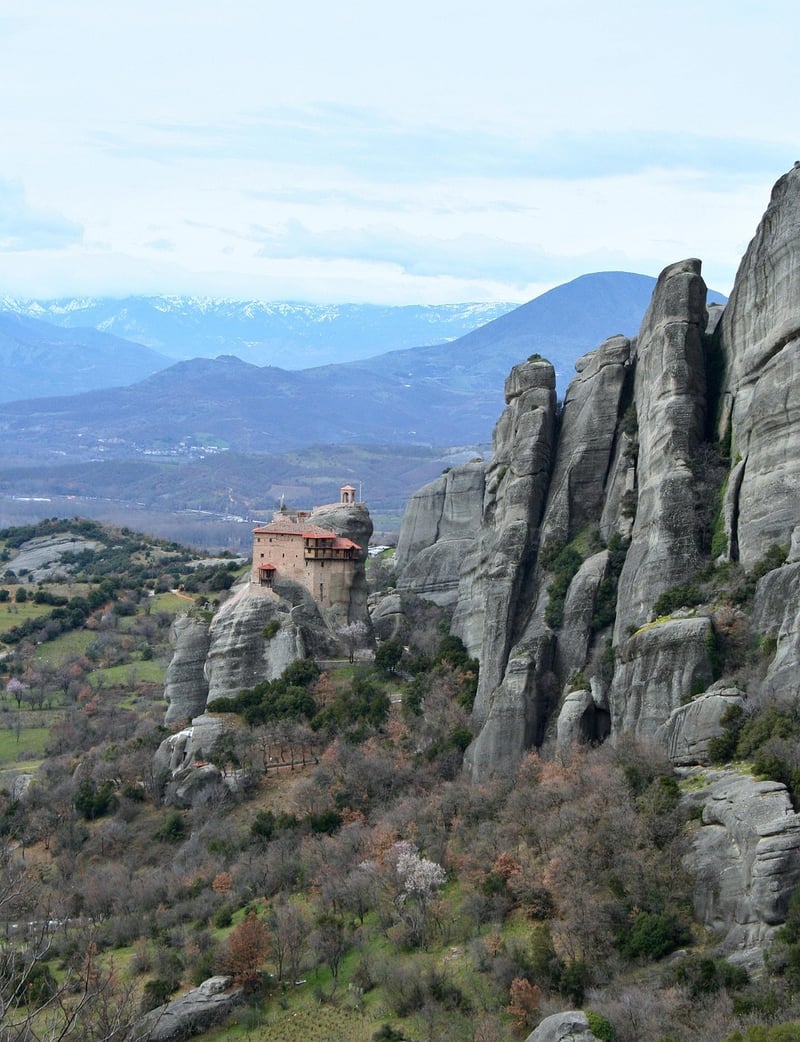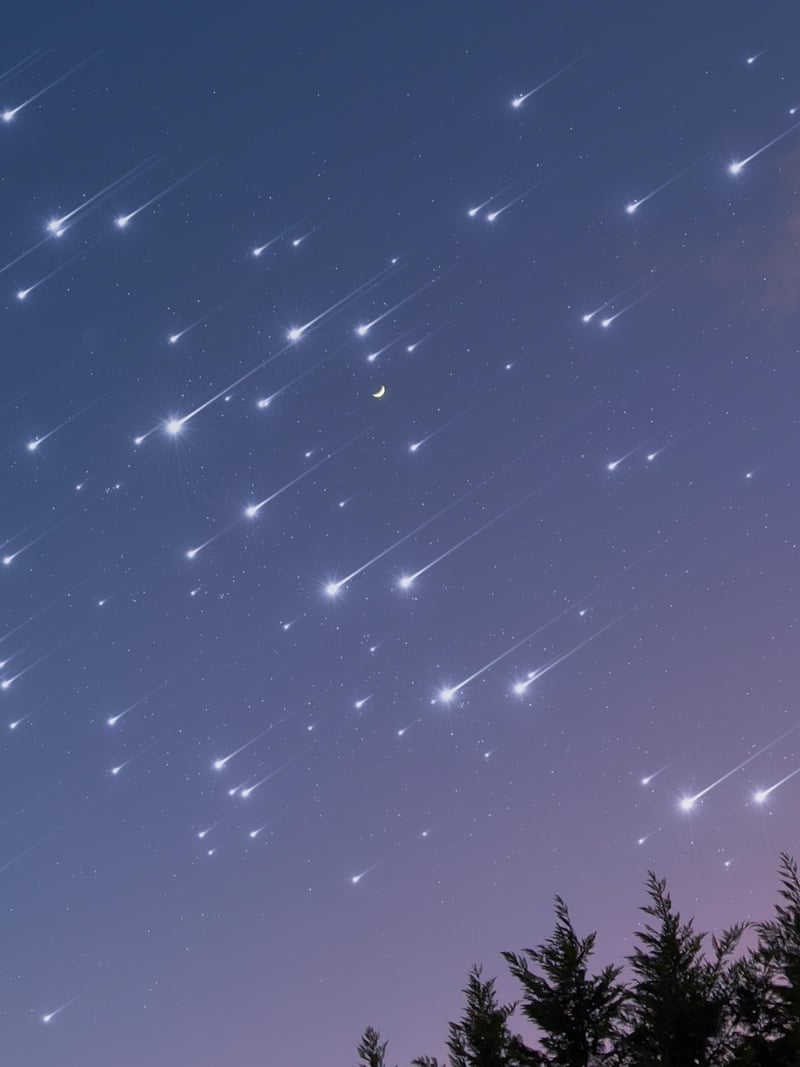Meteor Showers
The Splendor of Astronomy: Meteor Showers
Welcome to the mesmerizing world of astronomy, where the night sky unveils its breathtaking beauty through celestial phenomena like meteor showers. These magnificent displays of shooting stars offer a glimpse into the wonders of the universe, captivating both seasoned stargazers and curious newcomers alike.
What are Meteor Showers?
Meteor showers occur when the Earth passes through a trail of debris left behind by a comet. As these tiny particles, often no larger than a grain of sand, enter our atmosphere at high speeds, they burn up, creating the spectacular streaks of light known as meteors or shooting stars.
Best Times to Observe Meteor Showers
While meteor showers can occur throughout the year, certain periods offer particularly impressive displays. Here are some of the most renowned meteor showers and their peak times:
- Perseids: Peak in August, offering a dazzling show with up to 100 meteors per hour.
- Geminids: Best observed in December, known for their bright and colorful meteors.
- Leonids: Typically active in November, producing fast and bright meteors.
Tips for Meteor Shower Watching
To make the most of your meteor shower viewing experience, consider the following tips:
- Find a dark location away from city lights to enhance visibility.
- Bring a comfortable chair or blanket to lie back and enjoy the show.
- Be patient, as meteor showers can have peaks and lulls in activity.
- Check the weather forecast to ensure clear skies for optimal viewing.
Experience the Magic
Witnessing a meteor shower is a truly magical experience that fosters a sense of wonder and connection to the vast cosmos above. So grab a friend, head outside on a clear night, and prepare to be amazed by nature's celestial fireworks.
Remember, the universe is full of wonders waiting to be explored, and meteor showers are just one of the many spectacles that await those who gaze up at the night sky.

Image Source: Pixabay
